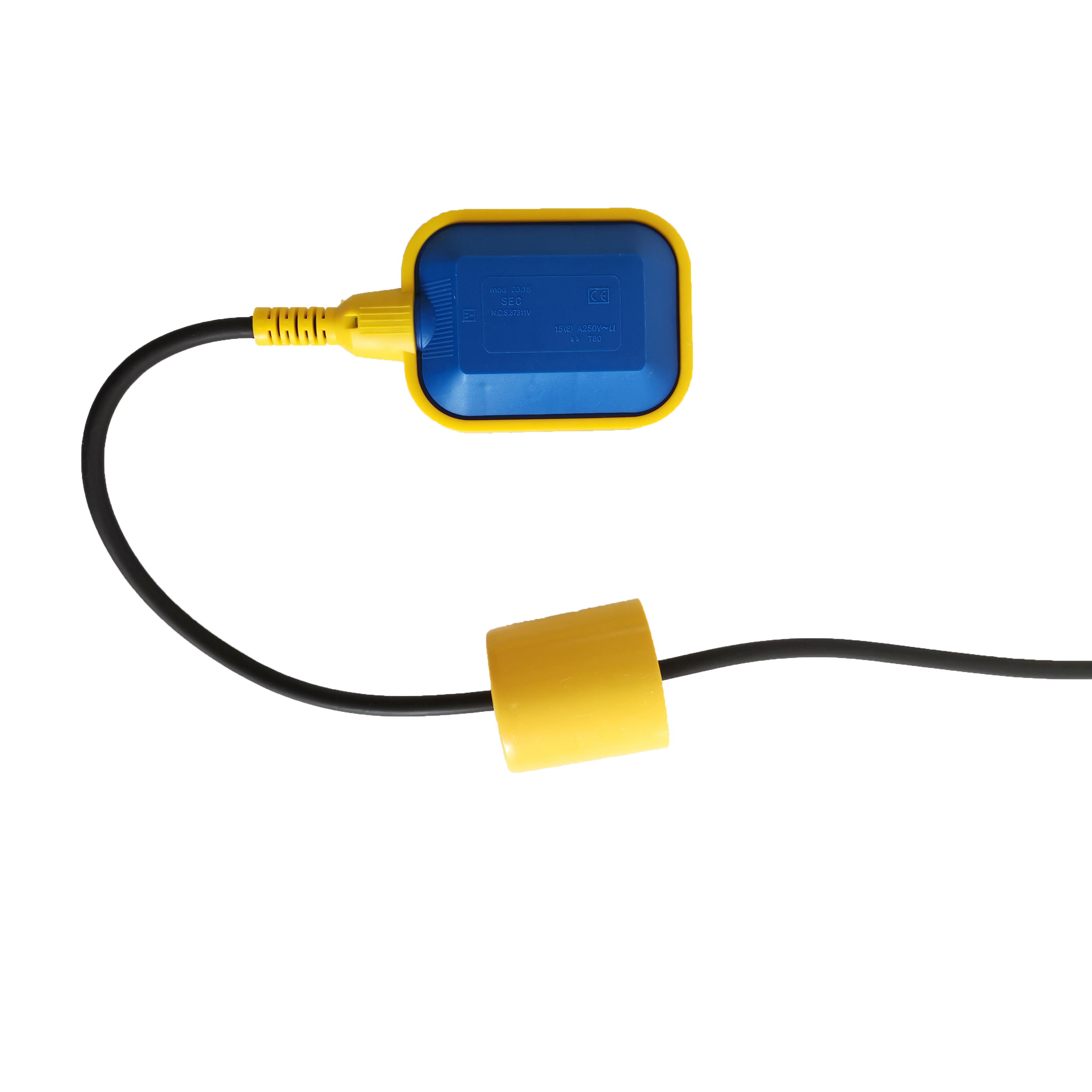As the most used type of level gauge, do you know what constitutes the level gauge switch of a level gauge? In fact, its composition is very simple. The editor introduces the contents of the float level gauge switch in detail.What are the components of the float level gauge switch?The three clarinets of the float level gauge switch are the lower limit, the upper limit, and the over limit alarm respectively. They are composed of several clarinets and are widely used in oil refining, chemical, paper, food, sewage treatment and other industries.It can display, alarm, and control the level of the medium in the opening, airtight container or underground tank in the instrument control room. The detected medium is water, oil, acid, alkali, industrial sewage and other conductive and non-conductive liquids, which can overcome the influence of false liquid level caused by liquid foam.The anti-corrosion airbag level gauge switch has excellent corrosion resistance to corrosive media, and the explosion-proof control device is suitable for situations that are prone to explosion (explosion-proof type, explosion-proof mark: EXdBT4). The liquid level display controller is composed of a sensor and a display meter.What is the principle of the float level gauge switch?There are 3 clarinets in the switch sensor of the float level gauge, which are the lower limit, the upper limit, and the over-limit alarm. The float ball equipped with magnetic steel drives the clarinet in different positions according to the up and down of the liquid level, and the correct position of the liquid level is displayed by the adsorption of the corresponding relay in the display table. There are relay contact outputs in the lower limit and upper limit display table (equivalent to 1 x 2 switch). If the upper limit is exceeded, a sound or light alarm signal can be issued without relay contact output.There are several clarinets in the float level switch sensor. When the magnetic steel float is up and down on the liquid surface, the resistance value output by the sensor changes by operating the clarinet in different positions, and the display meter converts the changed resistance value into the flicker of the light-emitting diode of the panel to display the measured value. Liquid level. The control point setting button is attached to the table, so the control range of the liquid level can be set arbitrarily in advance. When the liquid level reaches the set height, the adsorption of the relay in the clock is turned on or off at the contact of the relay, indicating that the liquid level is controlled or an alarm is issued.
Post time: 21-09-21
